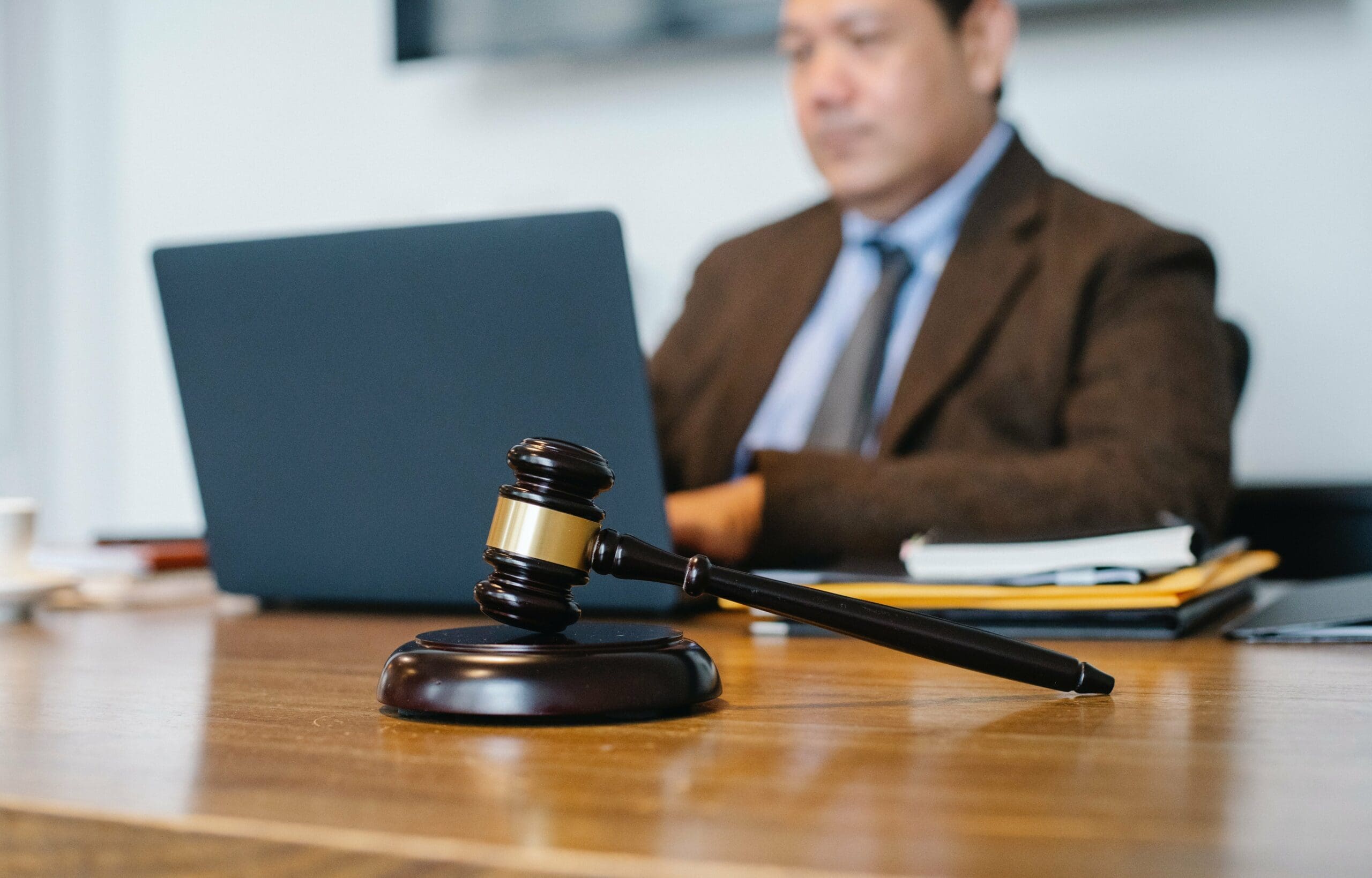How to Use Exhibits in Legal Proceedings

Legal proceedings can often be complex due to the need to present evidence in a clear and compelling manner. This is where exhibits come into play, allowing legal professionals to visually and effectively showcase evidence. Whether it’s a powerful photograph, a pivotal document, a compelling video, or any tangible object, exhibits serve as invaluable tools to enhance the overall understanding of the case.
What Exactly Are Exhibits?
Exhibits is the legal term given to any physical or electronic objects or documents that are presented as evidence in court. They serve as visual aids to help clarify and support arguments made by attorneys, allowing judges, juries, and even opposing counsel to understand complex information more easily. Many things can be used as exhibits, including photographs, diagrams, medical records, contracts, financial statements, or even digital evidence such as emails and social media posts.
The Role of Exhibits
When using exhibits, it’s important to remember just what their role in legal proceedings is:
● Presentation of Facts: Exhibits provide a tangible representation of facts or events in a case. For example, a photograph of a crime scene can provide a clear visual understanding of the location and conditions at the time of the incident.
● Simplifying Complex Information: Legal cases often involve complex concepts, technical details, or voluminous documents. Exhibits can simplify such information by condensing it into a visual format that is easier to comprehend.
● Enhancing Witness Testimony: Exhibits can support or corroborate witness testimony. For instance, a witness may describe an accident scene, and an exhibit, such as a diagram or a 3D model, can help visualize and reinforce their account. This strengthens the credibility of the witness and makes their testimony more memorable.
The Importance of Professional Exhibit Presentation
To ensure exhibits are presented effectively, legal professionals often rely on the expertise ofexhibit presentation specialists.
These specialists understand the nuances of presenting exhibits in court and have the technical skills to create visually compelling displays. They can assist in organizing and cataloging exhibits, preparing digital presentations, and operating the necessary equipment during trials.
By leveraging their knowledge and experience, attorneys can maximize the impact of their exhibits, improving their chances of success.
How Best to Use Exhibits in Legal Proceedings
While exhibits can be a powerful tool in legal proceedings, their effectiveness greatly depends on how they are used. Here are some key considerations for utilizing exhibits in the most impactful way:
● Relevance and Authenticity: When selecting exhibits, ensure their relevance to the case at hand. Each exhibit should directly support a specific argument or factual claim. Additionally, it is essential to establish the authenticity of the exhibit, proving that it is a true and accurate representation of the evidence.
● Clarity and Simplicity: Exhibits should be clear and easily understandable. Avoid using overly complex visuals or technical jargon that may confuse or overwhelm the audience. Focus on simplicity and clarity to effectively convey the intended message.
● Technology and Multimedia: Leverage technology and multimedia tools to enhance the impact of exhibits. Utilize presentation software, projectors, screens, or other digital platforms to display exhibits clearly and vividly. Incorporating multimedia elements such as animations, videos, or audio recordings can further engage the audience and strengthen the visual impact.
By harnessing the power of exhibits, attorneys can leave a lasting impression on judges, juries, and opposing counsel. As such, it’s worth reaching out to professionals like Legal Media Experts to take care of your legal media needs. Contact us today to learn more about the services we offer.